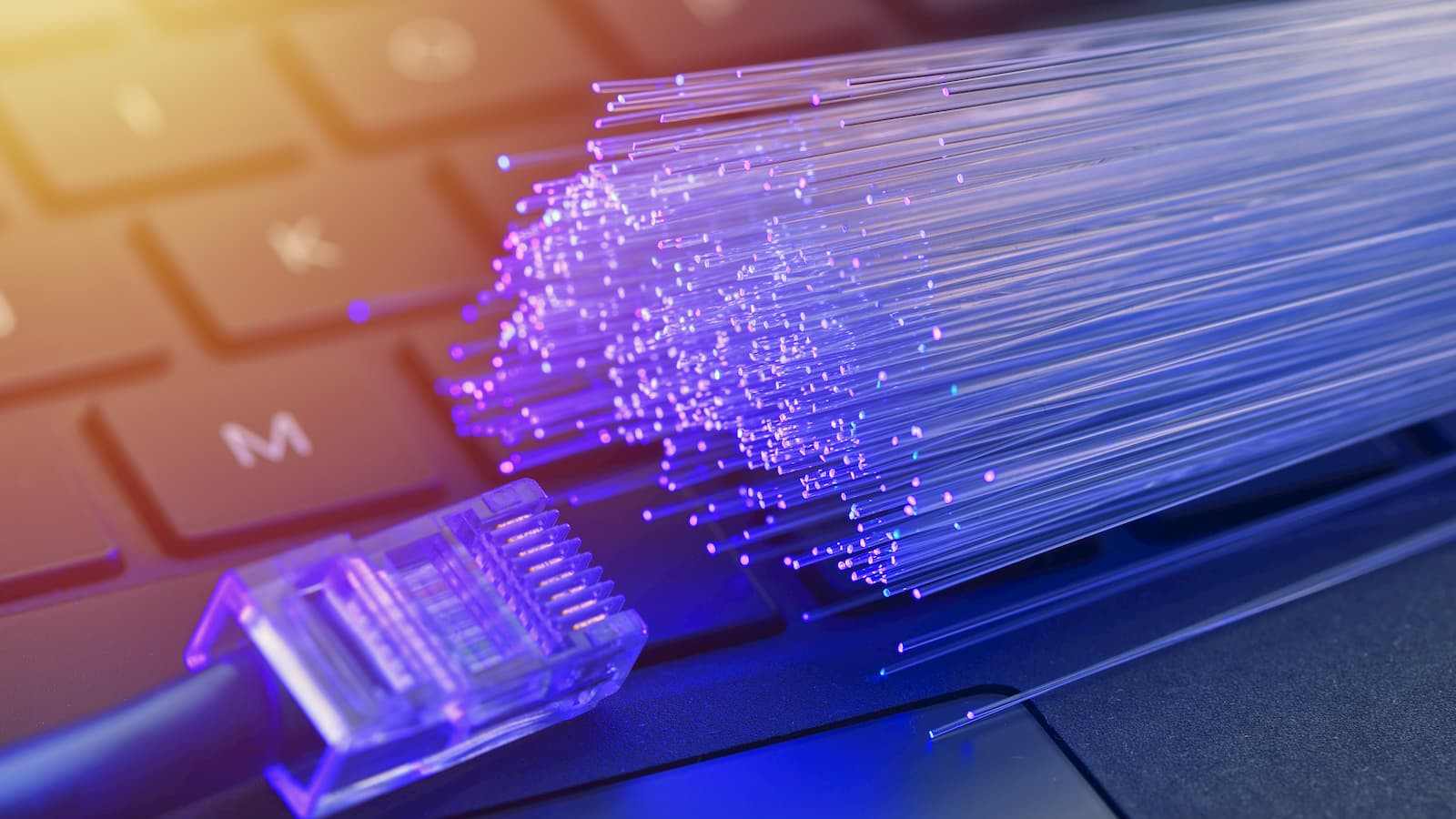Posted At: Sep 11, 2023 - 2,961 Views

Most of us can’t imagine a world without electricity. Similarly, internet access is now essential for everyday life: Almost 60% of the world’s population are active internet users. The internet benefits individuals, educational institutions, businesses, governments, and nonprofit groups. Speed, capacity, reliability, and security are critical to enjoying these benefits. With this in mind, it’s time to debunk several myths about fiber optic communication technologies.
Myth 1: Fiber optic internet is a luxury.
Fiber optic technology has a surprisingly long history. Several innovations during the 1800s led up to its creation, including the invention of the photophone by Alexander Graham Bell. The photophone transmitted sound using light beams, making it a precursor to today’s fiber optic communication technologies.
The 20th century saw more developments in fiber optics. Written theories gave way to concrete ideas. During the 1970s, Corning Glass researchers invented optical waveguide fibers. These super-slender strands of fused silica carried up to 65,000 times more information than copper wire.
Today’s fiber optic technologies offer fast data transmission rates. Light travels through a vacuum at 299,792,458 meters per second. Fiber optic cables allow light pulses to move at 69% of that speed, yielding an upper transmission rate of 206,856,796 meters per second — almost 128,535 miles per second for those using imperial measurements.
If those speeds sound extraordinary, let’s consider how much data fiber optics can transmit. Japanese researchers achieved a transmission rate of 319 terabytes per second using multicore fiber lines in 2021. This test demonstrated the potential for the growth of fiber optic technology. Fiber internet speeds in many locations range between 1 Gbps (billions of bits per second) and 6 Gbps. Depending on the provider, businesses can enjoy up to 100 Gbps. By comparison, copper cables transmit electromagnetic signals at 1,863 miles per second — less than 2% of fiber optic top signal speeds.
Myth 2: Fiber optic cables are fragile.
Fiber optic cables feature durable construction and can weather many kinds of hazards. Each fiber optic strand sits inside reflective cladding to prevent data loss from escaping light signals. This cladding contains highly purified silica glass. Fibers must withstand a minimum proof stress point of 100,000 PSI to ensure they can handle high-stress conditions in the field. An outer Kevlar or plastic polymer coating protects the interior cladding and cores against moisture, physical stress, and other hazards.
Myth 3: Fiber optic internet is not reliable.
Besides fast data transmission rates, fiber optic internet technology offers superior reliability and security. A quick comparison of fiber and copper proves this point abundantly. Unlike copper cabling, fiber optic lines do not conduct electricity. This lack of conductivity reduces the chance of interference and signal loss to ensure the preservation of transmitted data. As a result, attenuation rates are much lower on fiber optic lines.
Fiber is also harder to tap into for several reasons. You must first find the physical cable lines and tap into individual fibers where transmissions occur. Because fiber optic data moves as light pulses, you need specialized equipment to locate and physically access the lines without disrupting the flow of information. For most would-be thieves, the potential payout and risk of discovery are hardly worth the effort.
Myth 4: Fiber optic internet has limited availability.
During the 1980s, major telecommunications companies began installing fiber optic networks throughout the United States. They first focused their efforts on the East and West Coasts, then moved on to connect other large metro areas and smaller towns. By the 1990s, cable television companies began using fiber optic infrastructures to offer internet and telephone services. Fiber connectivity continues to expand as more residential, business, government, and nonprofit customers gain access.
Myth 5: Fiber optic maintenance is challenging.
With the design and durability of fiber optic cable, maintenance is relatively easy. Routine inspections can discover minor issues before they become major ones. Working with an experienced construction and engineering firm like Osilan’s Fiber ensures that your organization’s communications infrastructure remains secure and reliable.
As internet access becomes a growing necessity, fast fiber optic internet delivers efficiency for online learning, business, and government functions. Count on Osilan’s Fiber to help your organization get and stay connected. We’d love to put our expertise, attention to detail, and commitment to quality to work for you.

